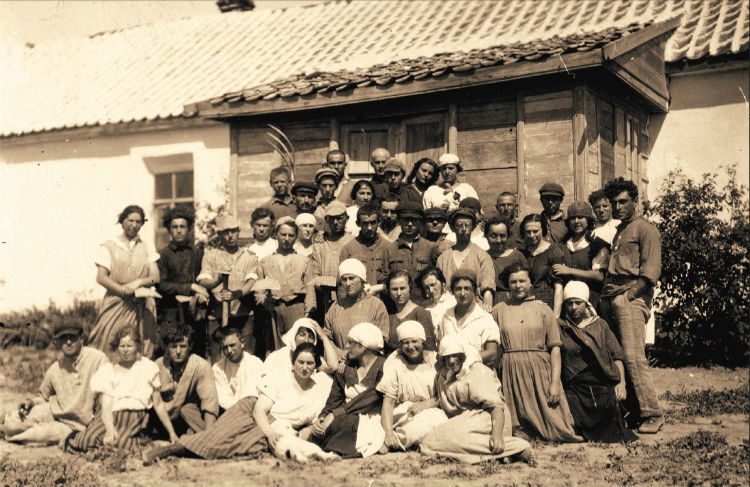The idea of founding an independent Jewish republic appeared on the Soviet political radar back in the 1920s. The only question was where to locate such a settlement. Crimea was chosen as one of the most likely spots. First of all, it was a place where, historically, the Jews had been settling since the ancient times and, second of all, Crimea could provide them with all the opportunities for creating agricultural communities all around the peninsula.
During the WWII, the idea was, once again, back on the agenda. One of the reasons for rooting out the “disloyal peoples” such as the Crimean Tatars could be that, at the time, the peninsula was being prepared for the founding of the Jewish republic as a compensation for the horrendous losses suffered by these people during the war. Incidentally, in Crimea, too, the biggest part of the Jewish population was wiped out. This includes the Krymchaks, the local people of the Judaic faith. Of course, nowadays, such a suggestion (that one nation should be rooted out in favour of another) seems bloodcurdling. But, in the 1930-1940s Europe, such “purges” were quite common. Therefore, in the context of history of the 20th century, the idea was acceptable.
We do not know whether it really was the case or not but the fact is that the troika of the WWII winners (Roosevelt, Churchill, Stalin) was discussing the after-war world structure on the empty peninsula. The Tatars had already left, the Jews had not yet come. The creation of Israel put an end to the project and, eventually, resulted in a new colonisation of Crimea by the Russian and Ukrainian settlers. The Tatars were able to return to the peninsula only at the dusk of the Soviet epoc
With Yucca Tours, you could visit the most iconic places for Jews in Crimea – both popular attractions and rare, inaccessible or abandoned places.
